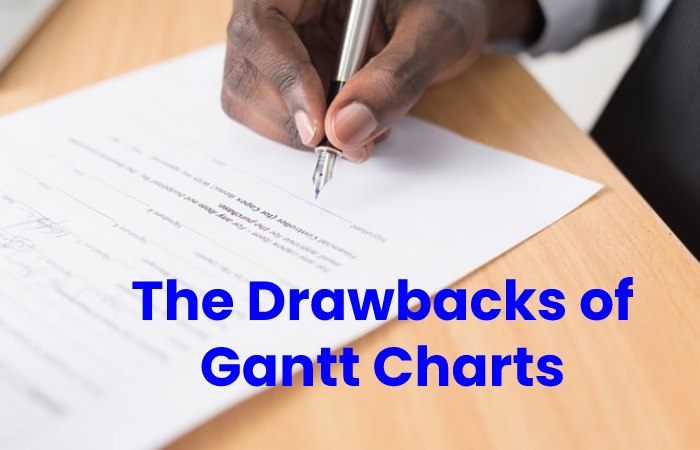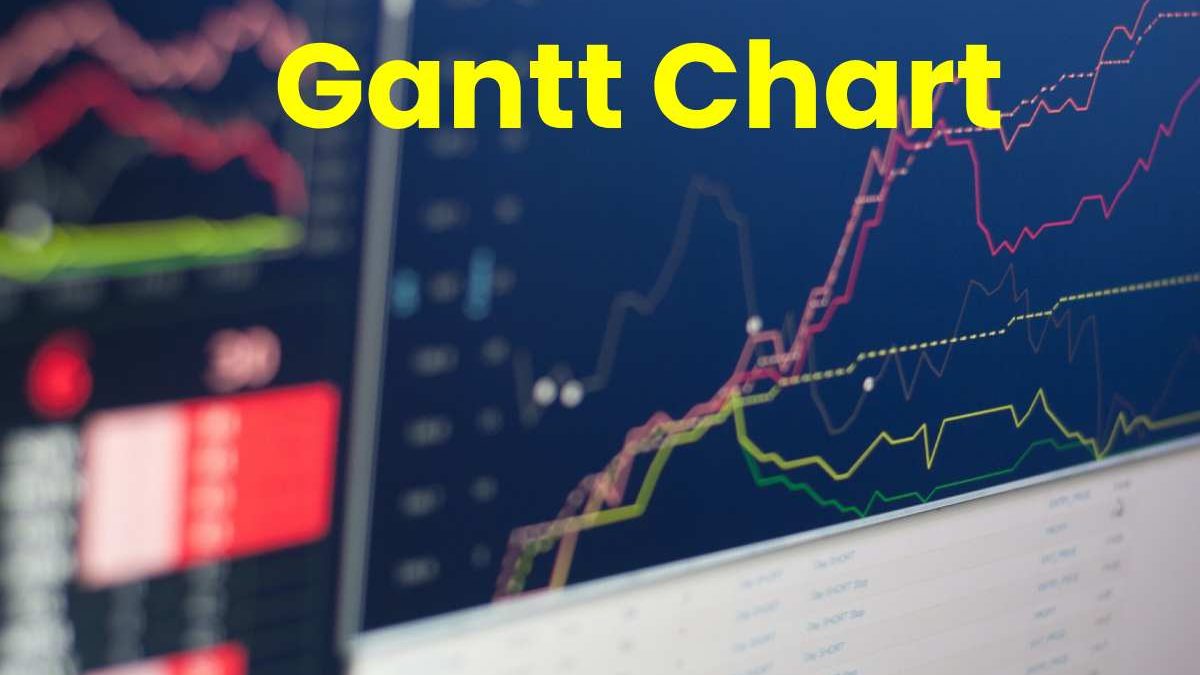Table of Contents
What is a Gantt Chart?
A Gantt chart is a useful instrument for planning projects. By giving you an overview of scheduled tasks, all parties involved will know which tasks need to be completed and by what date.
A Gantt chart shows you:
The start then end date of a project
An estimation of how long each task will take
What tasks are within the project
Who is working on each task
The scheduled start and finish date of the tasks
{{cta(’10b7659a-36ec-40ad-925a-be4617053dbf’)}}
Workings of a Gantt chart
Characteristically, a Gantt chart contains the following elements:
Dates – Start and finish dates allow project managers to view when the entire project starts and end.
Tasks – Projects consist of a series of subtasks. With a Gantt chart, you’ll be able to keep track of these subtasks so that none of them is delayed or forgotten.
Target Time Frames – The diagram shows when each task needs to be completed. It will help you confirm that each subtask will be completed on schedule and that the entire project will be finished on time.
Interdependent Tasks – Some tasks can be performed at any time, while others must be completed before or after another study starts or finishes. These tasks that depend on others can be indicated on a Gantt chart.
Progress – The diagram shows you exactly how your project is progressing by representing the tasks that have already been completed. By entering the current date, you will get an overview of how much remains to be done and see if everything is proceeding as planned to complete the project on time.
Benefits of a Gantt Chart
Using a Gantt chart in your project management process provides you with the following advantages:
- Clarity
- A simplified overview
- performance data
- Better time management
- Flexibility
Clarity
A Gantt chart breaks down multiple tasks and timelines into a single overview. In this way, you know where your team is in each project phase. Use the diagram to show stakeholders how the tasks are organized and what resources are devoted to each study. This way, you can present to them where you are in the project and whether it will be completed successfully.
Communication
Teams use Gantt charts to replace meetings and status updates. In this way, team members will have a clear overview of the progress of each task.
Motivation
By creating a clear overview, team members are more aware of their overall performance and will tailor their work routine based on the needs of the project schedule. In addition, they will be more aware of interdependent tasks and better understand the impact of delays within the project. This type of planning encourages collaboration and better organization of tasks.
Time Management
Gantt charts help you set realistic timelines. The bars in the diagram indicate which period a certain task has to be completed. This way, you will ensure that you do not harm other projects that need more resources and time.
Flexibility
Projects often undergo modifications. By having an overview of unexpected changes within a project’s goals or timelines, you can adjust tasks and resources accordingly.
The Drawbacks of Gantt Charts

Complexity
Projects of a large number of tasks and resources can result in very complex Gantt charts, especially if you are working on a large project or have a very large team. Representing dozens or even hundreds of tasks on a Gantt chart can be confusing or difficult to read. Therefore, it is essential to assess the different tasks and subtasks before diagramming and assigning someone to follow up on the details.
Chronological linearity
For a Gantt chart to be effective, you must linearly plan your project from start to finish. So you must know in advance the result and the steps that lead to said result before starting. It may sound quite obvious when building a house, for example. Still, it becomes much more complicated for web developers dedicated to a project where the client has not specified the final result.
Hard work
As we mentioned before, projects change. If you are going to use a Gantt chart, you have to adapt it accordingly. The responsible project manager has to update the diagram frequently, although this task can be simplified with the help of a project management program.
How to create a Gantt Chart?
To create your first Gantt chart, follow the process below:
- Make a list of all the tasks
- Make a list of all interdependent tasks
- Create a project timeline
- Assign tasks to team members
Make a list of all the Tasks
Write down all the tasks that must be completed to finish the project successfully. You should also include deadlines and responsible team members.
For example, if you are redesigning a website, a large “activity” would involve creating a series of mockups in Photoshop.
In turn, this activity can be broken down into several tasks:
- Create wireframes
- Review usability performance of wireframes
- Create mockups with the best performing wireframes
- Create a prototype from the mockup
- Do usability tests
- Review and authorize the best performing prototypes for development
This same process can apply to other projects, such as building houses. In this case, the responsibilities can be subdivided as follows:
- order materials
- Send a limited invoice
- Paint the walls
- Install the floor
- Bill the hours worked
Make a list of all Interdependent Tasks
Often, you have to finish one task before starting the next one on the list. Let’s compare it to a dinner with friends: first, you have to cook dinner (Task A), and then you can serve the food to your guests (Task B). Other tasks can be performed at the same period. You can cut the vegetables (Task A) lacking waiting for the potatoes to finish cooking (Task B). Plan how the different tasks in your project are related.
Build a project timeline
How many days or straight how many hours does this project need? Keep in mind that all projects are prone to delays – take a look at historical records from past projects and track time consistently to get an idea of how flexible you’ll need to be when creating your timeline.
Assign tasks to team members
In this case, it will also be very useful to have the historical records of the individual results. For example, if your data shows that a particular member tends to turn in assignments late, you can either avoid giving them higher priority assignments or pay more attention to getting them in on time.
You will likewise have to take into account:
- What other projects are your colleagues working on simultaneously
- Scheduled breaks or vacations of team members
Conclusion
A Gantt chart is a kind of bar chart that explains a project schedule, named after its popularizer, Henry Gantt, who designed such a chart about the years 1910–1915. Modern Gantt charts also show the habit relationships between activities and the current schedule status.


Review Gantt Chart – About, Workings, Benefits, and More.